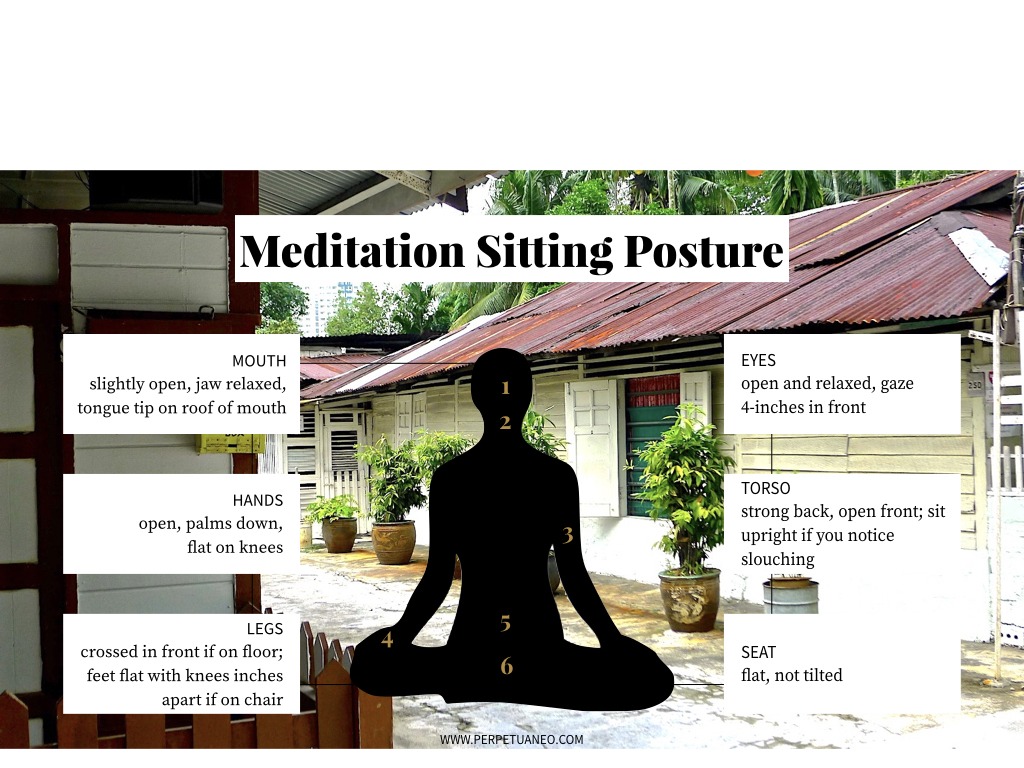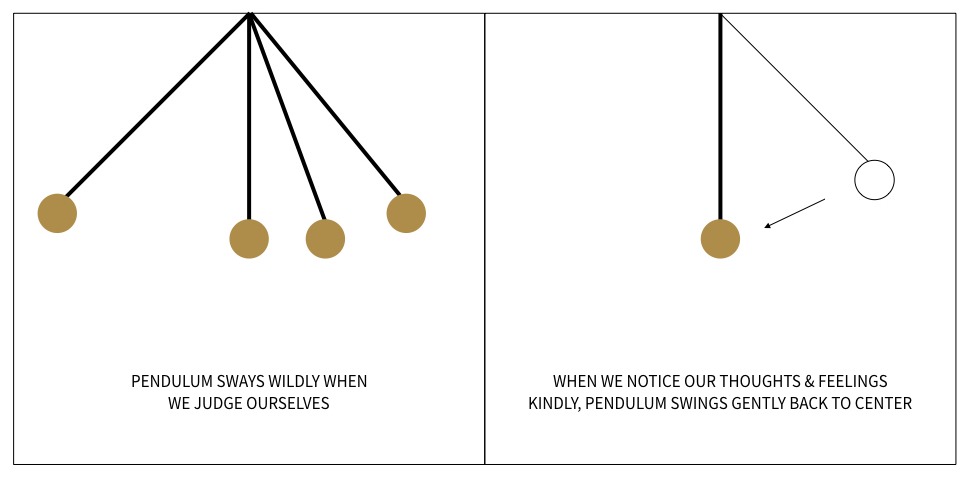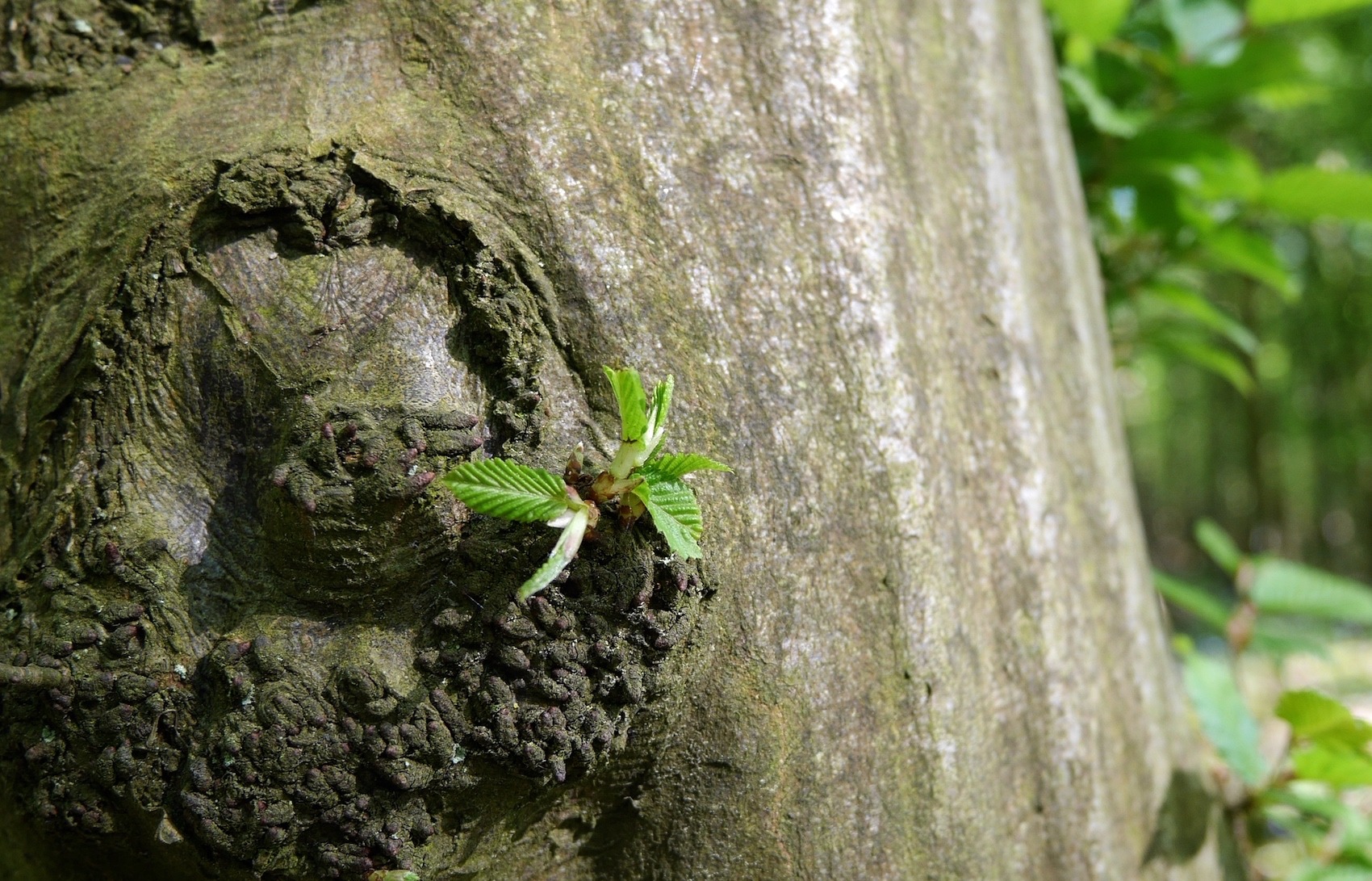Meditation and mindfulness may be all the rage but learning how to meditate isn’t easy. Some seasoned meditators are swamped by the different types of meditation. Beginners say they are similarly overwhelmed, and paralysed by fears of doing things wrongly. Others say “I’ve been meditating for years. . but honestly, it makes me feel worse and like shit”. If you’re curious to try but don’t know how, then this is for you. Or if you’ve experimented but you’re still confused, then this is also for you.
I wrote this for those who want to learn, but don’t want to get caught up in scripture, academic research or details. Or spend 2 hours meditating everyday. Here you have the basics of breathing and sitting, and provide a script for a 3-minute breathing space meditation. My private clients and those in workshops say that learning the nuts-and-bolts this way makes it really easy to remember and practice. Master this Guide step-by-step. If my method has worked for 6-year olds feeling anxious to busy entrepreneurs to those in their 70s, then it can work for you too.
What is meditation, and what is mindfulness?
In a nutshell, mindfulness is paying attention to your attention. Our world is one of sensory overstimulation, we multitask, and we believe that every thought is important. Thus, we grasp onto every thought and feeling we have, amplifying our stress levels. Following which we feel the need to escape them. These fuel the fire of a vicious circle. But it’s not our fault that we act that way- no one’s taught us otherwise.
When we are mindful, we don’t grasp or suppress. We let things be. Mindfulness can be applied to anything- eating, walking, cleaning- as I’ve shared in a previous story on Everyday Mindfulness. When we set aside time to do mindfulness exercises, then that is meditation. Breath meditation (shamata) and insight meditation (vipassana) are commonly taught; in this Ultimate Guide, I describe what is closest to shamata-vipassana.
How to breathe
Until 2010, I breathed wrongly. You see, I had associated “suck in your stomach” with “breathing in”, so everytime I focused my awareness on breathing, I became lightheaded. It wasn’t until my singing teacher drilled me in lung-defying breathing exercises that I learned why meditation felt odd when I focused on my breath. Yet it felt almost blissful when I was doing vipassana. Because I was letting my body breathe naturally, my lungs and stomach weren’t being constrained.
And I realised I wasn’t alone in this. Early on, some clients would enjoy their first meditation session, but come back telling me that they hyperventilated when practicing on their own. I asked them to show me how they breathe, and we found that wrong breathing was often the culprit.
- Place your hand on your belly
- Breathe in and out through your nose
- Breathing in, you fill your lungs and stomach with air. Feel your belly expanding and chest rising.
- Breathing out, feel the air leave your nose and your stomach collapsing.
- Continue to breathe in and out. Notice the gap between your in-gap and out-breath. In-breath – gap – out-breath – gap – in-breath.
- Place about 25% of your awareness on your out-breath, so you’re still aware of what’s going on. Without considering these to intrude on your focus.
- Continue to notice the gap in your breathing. Observe how they transition.

Befriending your breathing
As each breath went out and dissolved, there was the chance to die to all that had gone before, and to relax instead of panic. . . There is nothing to do except wait for the out-breath
– Pema Chodron, When Things Fall Apart
The breath is something so intimate and vital– it sustains our life force. Yet it’s something we pay the least attention to. It’s also one of the hardest things to focus on. The first time I did a breathing exercise was the first time I noticed the gap between the in-breath and out-breath. The pause felt timeless and reassuring. Chögyam Trungpa Rinpoche says that the out-breath is the closest we can ever have to a resting mind in its natural open state whilst remaining aware. About 25% of our attention is on the out-breath, and we are aware of our surroundings. Whatever sounds we are hearing, or whatever we are feeling or thinking doesn’t matter. We don’t consider these as obstacles to meditation when our minds are at rest.
How to sit
Just like the intricacies of a tea ceremony, sitting in meditation is a whole art. To begin, decide if you’ll be sitting on a chair or cross-legged. Practising both styles means you can meditate anywhere- on the train, the office chair or at home. Some people like sitting on the floor; others find it too hard or cold. If so, you can always sit on a zafon (a round meditation cushion) or a Thai cushion. Pema Chodron recommends that we pay attention to six posture points. When you feel distracted, simply bring your attention back to your body and run through all six points. With a sense of starting afresh, return to the out-breath. When you feel yourself moving or slouching, simply go back to the correct posture mindfully and kindly.

How to meditate, for everyone
I was happy practicing with the sky, but a little uneasy about bringing clouds into the practice. Please give me instruction on practicing with clouds. I was happy to practice with mind, but a little uneasy about bringing thoughts into the practice. Please give me instruction on practicing with thoughts. If you are happy practicing with the sky, clouds are the sky’s magical creations. Be the sky itself. If you are happy practicing with mind, thoughts are the mind’s magical creations. Be mind itself.”
– Milarepa, Hundred Thousand Songs
Every meditator has questions and struggles. The biggest ones are fighting with themselves whenever they feel distracted, or the feelings of overwhelm when they are sitting with difficult thoughts and emotions. Indeed, meditation has its dark side. Rooted in spiritual practice, meditation has always been about learning about the self. It’s about dissolving the boundaries between our illusions and who we really are. Sometimes it makes people feel worse– as with anything that involves personal growth. What helps, though, is knowing these two facts:
Meditation isn’t a Pick & Mix candy bar where you only choose the good feelings. Yes, it can be relaxing sometimes, but it isn’t about avoiding bad feelings and disturbing thoughts. That’s escaping.
You will have thoughts and feelings that ‘distract’ you. That doesn’t mean you’re a bad meditator or you’re ‘failing again’. The monks and nuns who are seasoned meditators have similar experiences whilst meditating. It’s what you do with these experiences that makes a difference.
My clients tell me that learning how thinking and feeling during meditation is normal, means they stop fighting their thoughts and feelings. And they start to treat themselves kinder, rather than criticise themselves.
What to do when you're distracted meditating
I’ve found that the most useful way of describing focus on the breath and distractions is to use the analogy of the pendulum. Here’s four illustrations to guide your exercise.

- Imagine your focus as a pendulum. Set your focal point at your nose, where the breath flows in and out.
- Gently breathe in and out. You’ll have thoughts and feelings that arise. Notice the pendulum swinging off-centre.

- Try entertaining your thoughts and feelings. Become upset with yourself for having these experiences. Notice what happens. Your pendulum is swinging wildly. It’s not resting at the centre.
- Now, just say “thinking” when you have a thought. Or “feeling” when you observe a feeling. There’s no need to make a big deal- these experiences are human.
- Return to the out-breath, like a pendulum swinging back to centre.
On those pesky thoughts and feelings
Those thoughts and feelings will always arise. One useful way to visualise this is to see yourself as a mountain. The clouds will pass, the skies will change, but the mountain always stands. Simply saying “thinking” or “feeling” allows us to develop a gentle, nonjudgmental attitude. When we unveil who we are, our patterns and habits, and learn to sit with them, we learn to befriend ourselves unconditionally. And we learn that just as thoughts and feelings come from nowhere, they also disappear into that same nothingness.
When we sit, we provide space for all the thoughts and feelings to arise. Like clouds in a big sky or waves in a vast sea, they are given space to appear. If one hangs on and sweeps us away, whether we call it pleasant or unpleasant, the instruction is to label it all “thinking” with as much openness and kindness as we can muster and let it dissolve back into the big sky. When the clouds and waves immediately return, it’s no problem.
– Pema Chodron, When Things Fall Apart
Exercise: 3-minute meditation script
The 3-minute Breathing Space meditation is a hot favourite with my clients because it’s easy enough to commit to three minutes, simple to remember, and seamlessly fits into your life. What’s even better is that you can use it to create a 3-minute pause in your life whenever things feel difficult. Without feeling the pressure to meditate for 30 minutes or longer everyday. You can also alter the script to fit sitting on the floor or cushion accordingly. There are three components, to be done in order.
Preparing ourselves:
Let us sit with our backs straight and the soles of our feet touching the floor. Feel the points of contact between our buttocks and the seat. Let us imagine an invisible thread running up from our spine to the sky, holding us in place, vertebrae-by-vertebrae. We’re mountains, and the mountain will sit strong despite what’s going on.
Observing ourselves:
Let us breathe in through the nose, feeling our chests rise, and our bellies fill up with air. Breathing out, we feel our chests fall, and the air leaving us. If we notice any thought arising, just say “thinking”. And gently bring our attention back to the breath breath. If we feel any feelings, or any sensations in our body, just say “feeling”. Then kindly bring our attention back to the breath. It’s normal to have these experiences, it’s part of being human.
We’ll notice sounds around us- we’re being aware. Simply bring our focus back to the breath. Breathing in, and out. Soon, we’ll realise that thoughts and feelings come from nowhere. They’ll also fade into nowhere. They’re the clouds in the sky. The mountain continues to stand.
Breathing into the space around us:
Let us expand our sense of awareness, breathing into every cell of our body. Then let us breathe into the space around us gently. Again, if we have any thoughts or feelings, just say “thinking” or “feeling”. Then come back to the breath. If we notice any tension in any part of our bodies- especially around the neck and upper back where tension tends to accumulate- simply breathe into those spaces. Breathing in, and out gently. In, and out. And when you’re ready, give yourself a smile, feeling your facial muscles change. Then slowly open your eyes.

How to meditate regularly
The easiest way to meditate regularly is to make it a habit rather than a daily question of “Should I meditate today?”. What my clients find most useful is to meditate first thing in the morning before they leave their bed, or as the last thing before they sleep. This way, you practise meditation on autopilot. Having enough practise also means that when things are difficult, you won’t be fumbling and asking yourself “What do I do next?” during the meditation exercise. It’ll flow easily.
If you don’t want to meditate first thing or last thing in your day, there are other options so you can build a system. To me, meditating in a group is a very powerful experience. The collective energy is very different from doing it alone. You’ll also create a sense of accountability. Whether or not you join a group, remember to schedule meditation into your calendar and honour the time slot given to it.
One big thing that also stops people from meditating regularly is the fear that they’re not meditating for long enough. But really, it isn’t a competition. Nor is it kind to make someone else feel less of themselves because they don’t sit for hours. What matters is that you’re doing it.
In a nutshell,
Meditation sounds simple but applying mindfulness in the midst of so many distractions can be difficult. Much less stopping ourselves from criticising ourselves when we’re distracted. The upside is that this can all be trained. To sum up, it’s common if you:–
- Forget to practise
- Feel bored or anxious whilst meditating
- Think you’re making mistakes
- Realise that time has passed by much faster than expected
To overcome these, you can:–
- Schedule your meditation and set reminders
- Accept that the brain wanders, and the only thing to do is to bring it back to the breath/focus of attention without being upset with yourself
- Keep practising, especially when things are good.
- Apply your 3-minute meditation pause when things are bad
Meditation is part of a toolbox in controlling your mind. Want your mind to work with you and for you? Then you’ll need some closure and understand the roots, without having to sit on a therapist’s couch for years. It’s quicker and more thorough than you think. Book your free Chemistry Call here.





